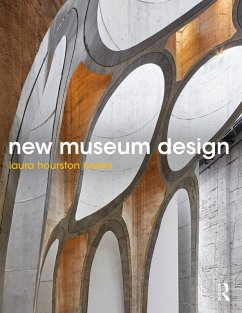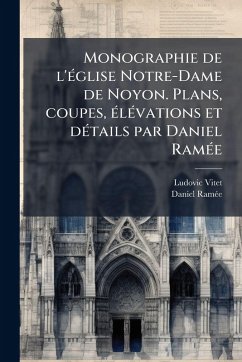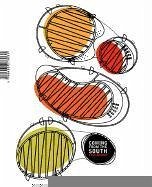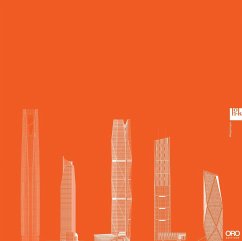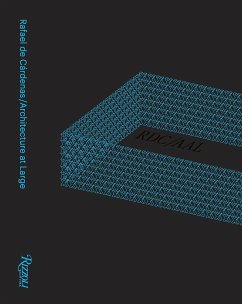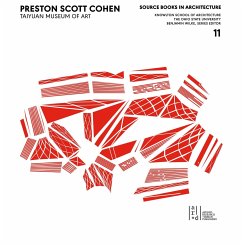
Daniel Libeskind: Jewish Museum Berlin
Versandkostenfrei!
Versandfertig in über 4 Wochen
19,99 €
inkl. MwSt.

PAYBACK Punkte
10 °P sammeln!
The Jewish Museum in Berlin tells the story of German-Jewish history from the fourth century to the present. It consists of two buildings: the first, a former courthouse, was built in the eighteenth century, and the second, a massive extension that opened to the public in 2001, was designed by the world-renowned architect Daniel Libeskind (born 1946). Libeskind's building is comprised of a zinc façade and a set of three underground allegorical roads. The first leads to the main stairs, and by implication to the continuation of Berlin's history in the Museum; the second leads outdoors into the...
The Jewish Museum in Berlin tells the story of German-Jewish history from the fourth century to the present. It consists of two buildings: the first, a former courthouse, was built in the eighteenth century, and the second, a massive extension that opened to the public in 2001, was designed by the world-renowned architect Daniel Libeskind (born 1946). Libeskind's building is comprised of a zinc façade and a set of three underground allegorical roads. The first leads to the main stairs, and by implication to the continuation of Berlin's history in the Museum; the second leads outdoors into the E.T.A. Hoffmann Garden, representing the exile and emigration of the Jews from Germany; and the third road leads to a dead end, representing "the Holocaust void." This road cuts through the ensemble as a whole, and evokes, in the architect's words, "that which can never be exhibited when it comes to Jewish Berlin history: humanity reduced to ashes." For Libeskind, a Polish Jew raised not far from Berlin who lost many relatives in the Holocaust, this extraordinary building was an intensely personal undertaking with numerous responsibilities. This volume details this most freighted and complex of buildings.






